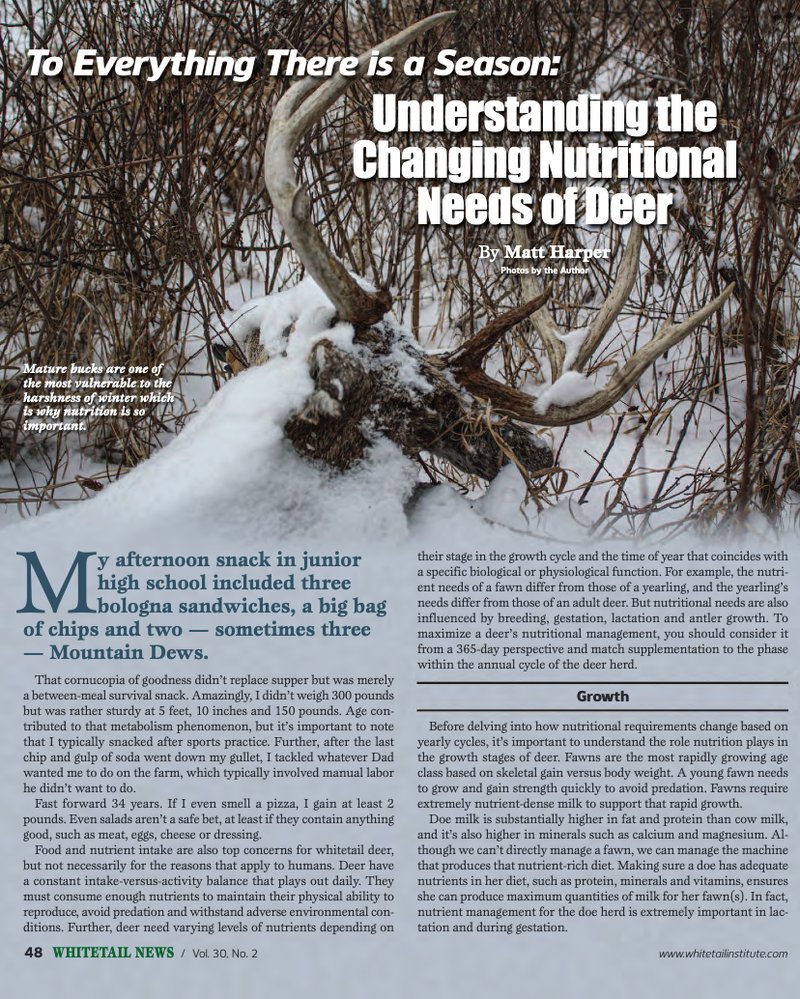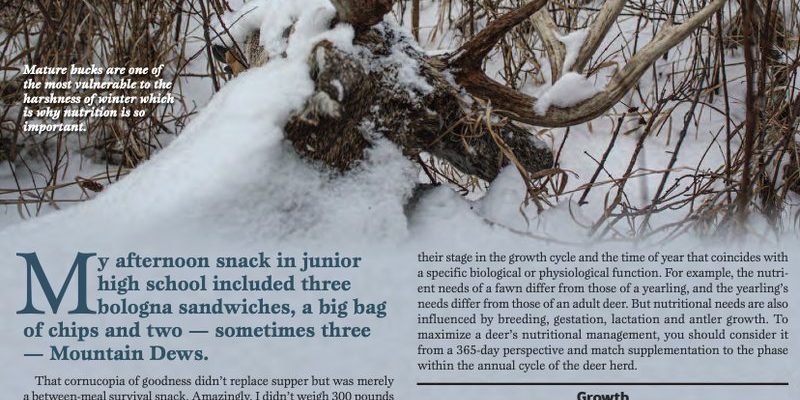
Pumas are adaptable creatures. They’re like the Swiss Army knives of the animal kingdom—equipped to handle various environments and prey. From the rocky slopes of the Rocky Mountains to the dense forests of South America, pumas have carved out a niche for themselves. So, how do they manage to stay at the top of their food chain? Let’s dive into the specifics of their diet and hunting strategies, and uncover the secrets behind their survival.
What Do Pumas Eat?
Pumas are carnivorous and primarily hunt other animals for food. Their diet is quite varied and can include a range of prey, all depending on their habitat and local availability. Think about it like a restaurant menu—they have quite a selection!
- Deer: This is their primary source of food in many regions. White-tailed deer and mule deer are frequent targets, especially because they provide a significant amount of meat.
- Small mammals: Pumas also hunt smaller prey like rabbits, raccoons, and even rodents. These animals are easier to catch and can be a quick snack.
- Livestock: In areas where wild prey is scarce, pumas may hunt farm animals like sheep or goats. Understandably, this can lead to conflicts with farmers.
In summary, pumas are flexible eaters. They take advantage of whatever prey is most abundant in their environment. This adaptability is crucial for their survival. Just like a good chef adapts recipes based on seasonality, pumas adjust their diets based on what’s around them.
Hunting Techniques of the Puma
When it comes to hunting, pumas are experts. They rely on a mix of stealth, strategy, and agility to catch their prey. Imagine watching a skilled dancer moving gracefully across the stage—pumas embody that same fluidity when they hunt.
One of the key techniques they use is stalking. Pumas are patient hunters, often creeping within 20 to 40 yards of their target before launching an attack. They utilize their keen eyesight and acute hearing to spot potential prey from a distance. Once they get close enough, they spring into action, using their powerful legs to sprint the final distance.
Another strategy involves ambush. Pumas often find a good vantage point, such as a ledge or some brush, where they can quietly observe the movements of their prey. When the time is right, they pounce. This type of hunting reflects their ability to think strategically, much like a chess player plotting a winning move.
The Importance of Speed and Agility
Speed and agility are critical for pumas during a hunt. These cats can reach speeds of up to 50 miles per hour in short bursts, which is incredibly helpful when chasing down fast-moving prey like deer. Imagine trying to sprint alongside a deer—only a dedicated athlete could keep up!
When they’re cornering their prey, pumas use their incredible reflexes and agility to navigate through dense forests or rocky terrains. They can leap over obstacles and change direction quickly, allowing them to outmaneuver their dinner.
This combination of skills not only aids in hunting but also helps pumas escape from larger predators or threats. It’s a survival dance where every move counts.
Social Behavior and Hunting
Unlike some big cats that prefer to hunt in packs, pumas are solitary creatures. They usually hunt alone, which plays a big part in their overall survival strategy. This independence means they can be stealthy and unpredictable, a bit like a lone wolf—or cat, in this case.
However, pumas do come together during mating season or when a mother is raising her cubs. Female pumas will teach their young how to hunt, passing down crucial skills over time. The mother’s guidance is key to ensuring the cubs learn how to be effective hunters themselves.
Being solitary also means that territory plays an important role in their hunting success. Pumas often roam large areas, sometimes covering up to 100 square miles, depending on the availability of prey. This quest for territory can lead to confrontations with other pumas, especially males.
Seasonal Changes and Diet Adjustments
Just like we change our wardrobes and diets with the seasons, pumas also adjust their hunting strategies and prey selection based on seasonal changes. In spring and summer, when prey is abundant, pumas may focus more on larger animals like deer. During fall and winter, as food becomes scarcer, they may supplement their diets with smaller mammals.
This adaptability shows how pumas can thrive in varying environments. The changing seasons can be tough for many animals, but pumas have honed their skills to take advantage of whatever nature throws their way.
In challenging winters, for instance, a puma might rely more on smaller prey or even scavenging. It’s a real survival skill, kind of like how we might eat fewer fresh fruits and instead enjoy heartier meals when it’s cold outside.
Human Interaction and Challenges
The relationship between pumas and humans is complex. As human populations expand, pumas often find themselves in conflict with people. Whether it’s livestock predation or confrontations in suburban areas, these big cats are sometimes seen as threats.
Efforts are being made to mitigate these issues, including creating wildlife corridors and educating communities about puma behavior. It’s essential to foster coexistence for both parties. After all, pumas play a critical role in maintaining the health of their ecosystems.
It’s fascinating to think about how these magnificent cats navigate their world. They’re not just survival machines; they’re also vital members of their environments. Ensuring their survival means understanding and respecting their needs.
In a nutshell, pumas are incredible creatures with unique dietary habits and hunting strategies tailored to their environment. Their ability to adapt to various prey types and their hunting techniques demonstrate the wonders of nature’s design.
As we learn about pumas and their way of life, it becomes clear that they aren’t just majestic animals; they are crucial players in their ecosystems. Understanding and respecting these magnificent creatures is vital for ensuring their survival and the health of the environments they inhabit.
Next time you hear about pumas, imagine them skillfully stalking their prey or gracefully leaping through their terrain. They truly are the mountain lions that embody strength and adaptability in the wild!

